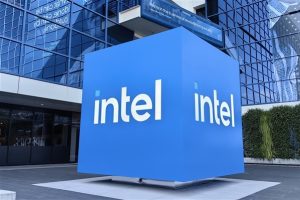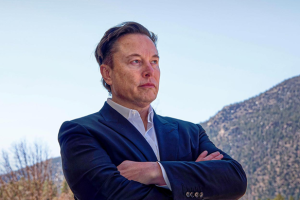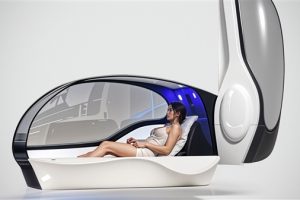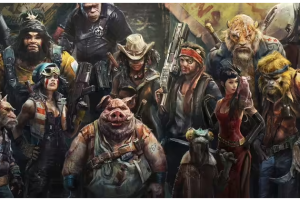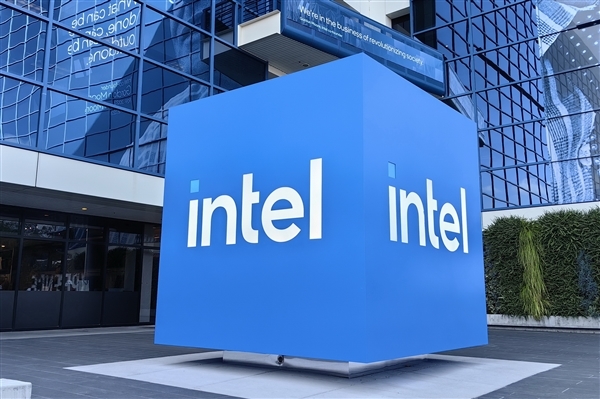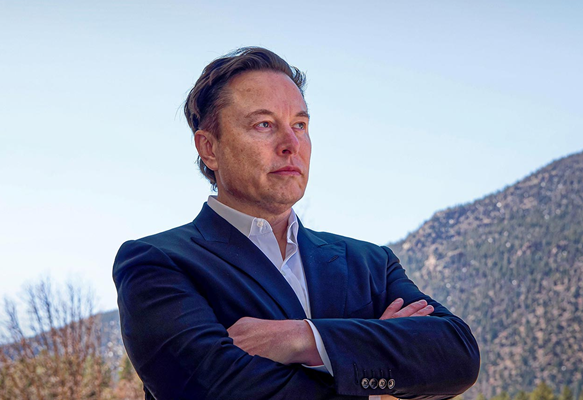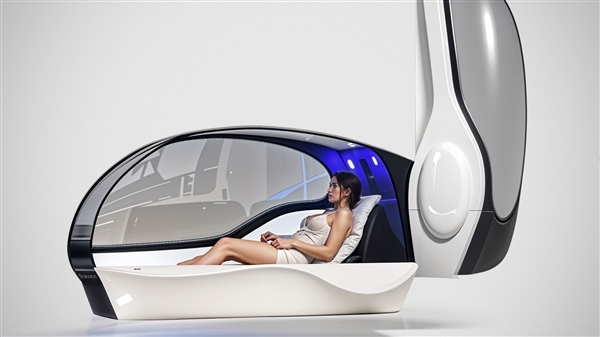April 24, 2025 – In its Q1 2025 update report, Tesla unveiled for the first time a pilot production line for its Optimus humanoid robot. The company affirmed that the production timeline for Optimus remains on track, with a focus on rapidly advancing toward the goal of creating functional humanoid robots capable of performing useful tasks.
The Optimus pilot production line is situated at Tesla’s Fremont factory, a hub for numerous innovative projects within the company. Tesla aims to expand the deployment of Optimus robots across more of its facilities by the end of the year.
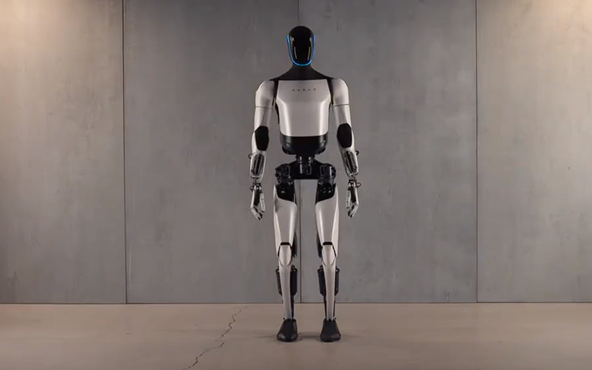
During Tesla’s Q1 earnings call, Elon Musk provided an update on the Optimus project, stating, “We’re making excellent progress on Optimus. By the end of this year, we anticipate having thousands of Optimus robots in operation at Tesla factories. We also plan to scale up production of Optimus at a faster pace than any product in history, with the objective of reaching annual production in the millions in the shortest possible time. I’m confident we can achieve the target of producing one million units annually in less than five years, and potentially even four.”
However, Musk noted that Tesla’s Optimus production is still in the “development phase.” He emphasized that the company will not rush into mass production but will concentrate on producing a few thousand units by the end of the year.
Musk further elaborated, “Almost every component in Optimus is brand – new. Except for the same AI computer used in Tesla vehicles, motors, gearboxes, electronics, actuators, and nearly all other components lack an existing supply chain. For a completely new and complex manufactured product, the production speed will be determined by the slowest and most problematic component in the entire product.”
Additionally, Tesla is currently collaborating with China to secure permission to use rare – earth permanent magnets in the production of Optimus robots. Previously, China’s Ministry of Commerce imposed restrictions on the export of rare – earth elements and permanent magnets in response to the tariffs imposed by the U.S. Trump administration on Chinese products.
Musk said, “We’re in communication with the Chinese side to obtain permission to use rare – earth permanent magnets. China wants assurances that these magnets won’t be used for military purposes. Clearly, they won’t be. They’re for humanoid robots, not weapon systems.”
He also mentioned that while Tesla as a whole doesn’t necessarily require permanent magnets, in components with strict size constraints like robotic arms, permanent magnets are used in the motor design to minimize motor size, and these motors are affected by the supply chain.

